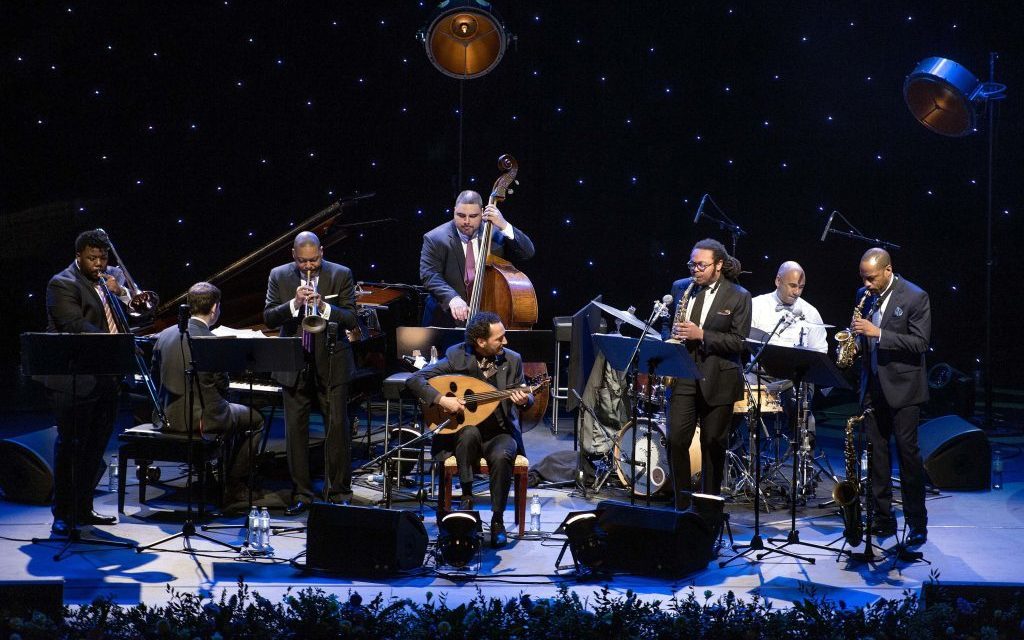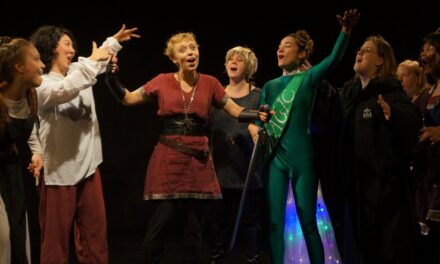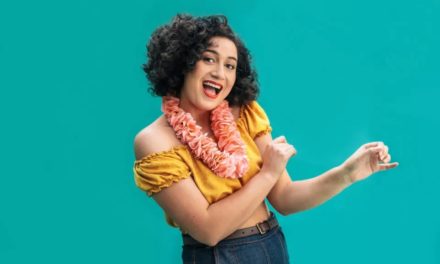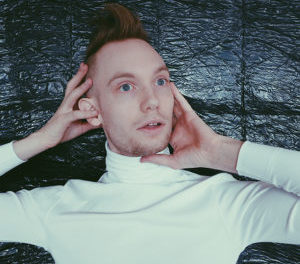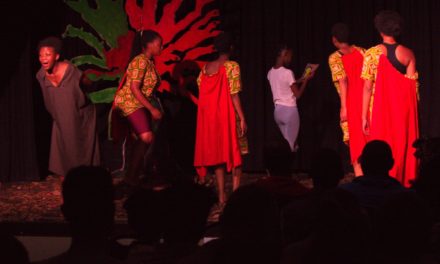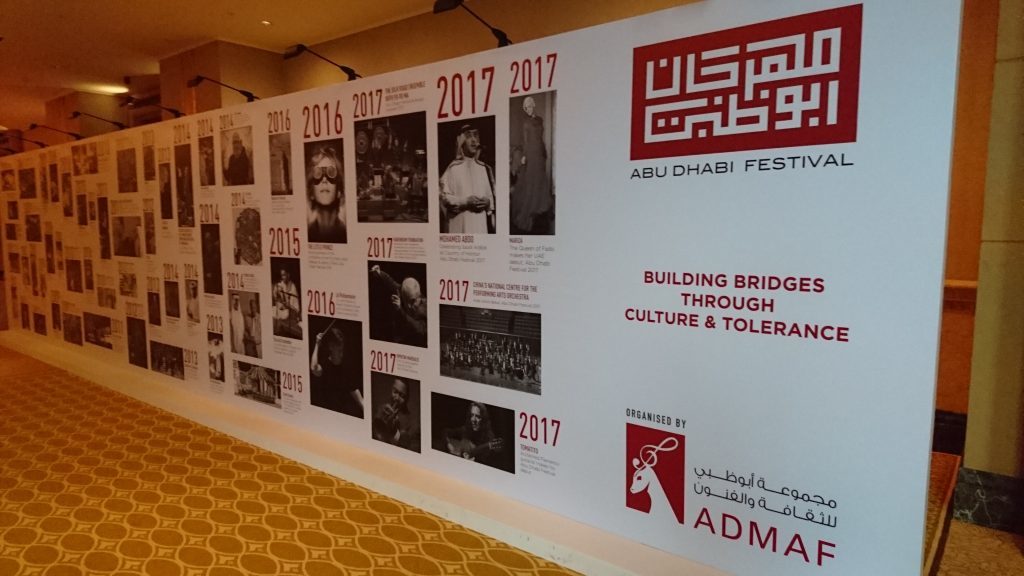
(R)
Obviously, one will think of skyscrapers and endless desert, but what about culture in the United Arab Emirates? Maybe not what comes to mind first, and this is precisely what the Abu Dhabi festival is working on, presenting its 14th edition earlier this year.
The festival is the emanation of the ADMAF, the Abu Dhabi Music & Arts Foundation founded in 1996 by Huda Ebrahim Alkhamis. Huda is a philanthropist who dedicates herself to cultural and educational projects in the Emirates, with a mix of public and private funding. Her goal? “To promote creativity and exchanges among artists. I focus all my energy on trying to change things.” In 2004, the idea of creating a festival as a unifying tool for those intercultural longings emerges. From small recitals here and there, the event has grown through the years to a full-size international festival, now gathering more than 36,000 visitors around 40 artistic projects. These are spread out in 35+ different venues in Abu Dhabi and in the other Emirates, especially with a wide youth educational program. And as a background, an important goal: attracting tourists from Europe but above all Asia and China in particular, which has been a privileged partner of the UAE for many years. The objective is therefore not only cultural but also a political and economic one.
Nonetheless, the activities of the ADMAF are far from being reduced to a simple communication operation that would market once a year the will of the UAE to sponsor culture. All year long, the foundation finances training programs, notably in visual arts. It provides support for artists – more or less 200 each year, among whom are about one hundred plastic artists. And one must not forget that the UAE is composed of more than 160 nationalities (only 12% of Emiratis) of which one third is aged under 25! The educational stakes are high. Clearly, the main topic this year “Culture and Tolerance” can sound a little cliché and politically correct, but it conveys well the real goal for arts to produce intergenerational and intercultural links. As an example of this, the success story of Sara Al-Qaiwani, a young Emirati soprano who had her studies partly paid by the foundation, just before she had the exceptional opportunity to be part of Renée Fleming’s performance during the festival.
As jazzman Wynton Marsalis points out in the interview he gave me before his concert, the artists themselves are involved in this energy of transmitting knowledge through workshops or masterclasses. As a matter of face, the main performances of Lang Lang, Dudamel, or Placido Domingo in the luxurious setting of the Emirates Palace are just but the bridgehead of the festival, whose events are, for the vast majority of them, free. The festival has partnered with prestigious international institutions (including the London Royal Opera House), with whom it serves as both a co-producer and a host; it was the case with the show Kalîla Wa Dimna, presented at the Aix-en-Provence festival last year. This year, a new generation of artists, such as pianists Juan Perez Floristan or Tarek Yamani, stand alongside international stars like flamenco guitarist Tomatito, fado singer Mariza or cellist Yo-Yo Ma. Saudi Mohamed Abdo, not very well know in Europe, but one of the main pop figures in the Middle-East since the seventies, represents Saudi Arabia, the guest country in 2017 (in 2016, it was France).
The orchestra of the Chinese National Center for the Performing Arts (the so-called Beijing’s Opera) offered an orchestral version of Bach’s Chaconne, as well as Prokoviev’s Suite from Romeo and Juliet and The Butterfly Lovers. Not a very revolutionary repertoire, but the level of mastery of young conductor Yi Zhang is quite impressive. And, as a cherry on the cake, solo interludes by violin virtuoso Siqing Lu. Two days after, it was Wynton Marsalis’s turn to fill with enthusiasm the Palace concert hall. Accompanying his quintet were two of his former students at Juilliard, Jeffrey Miller and Immanuel Wilkins, shining with musical maturity. The American trumpet player’s set was a selection of his compositions, played with ardor and a laid-back feeling. The oud player Naseer Shamma joined the band of the second half of the program. If sometimes music fusion can be deceptively artificial, here it was all the opposite: the oriental scales of the Iraqi were deeply interwoven in the highly technical jazzy constructions of the septet, giving the groove a new dimension, for example with the extraordinary song Salam To The Sudan, played as an encore and glowing with bewildering choruses.
The festival also takes place outside. The Umm Al Emarat park hosted the exhibition The Art of Nature that gathers twenty artists on an environmental topic, leaving free inspiration to represent fauna, flora, and landscapes from the UAE. Outside the festival but crucial to grasp the vitality of Emirati visual artists, the little retrospective But We Cannot See Them at the NYUAD Art Gallery offers the kaleidoscopic testimony of the Flying House community, constituted around artist Hassan Sharif. Multidisciplinary, the festival includes theater and dance (for example, it programmed the American Ballet Theatre in 2014). Of course, hardcore contemporary shows are not yet forthcoming, and one can wait to see Angélica Liddell’s or Marina Abramovic’s disciples on stage in Abu Dhabi. But the mentalities are slowly evolving, and there is a definite will to open the stage to new creations.
Abu Dhabi Festival, next edition in March 2018.
http://www.abudhabifestival.ae/
Article originally published in French in I/O Gazette. Translated by the author.
This post was written by the author in their personal capacity.The opinions expressed in this article are the author’s own and do not reflect the view of The Theatre Times, their staff or collaborators.
This post was written by Mathias Daval.
The views expressed here belong to the author and do not necessarily reflect our views and opinions.

